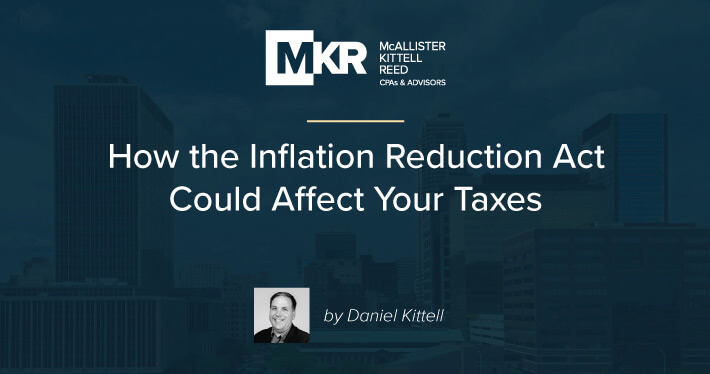If you use Venmo, PayPal, or CashApp to accept payments for freelance work, side gigs, or online sales, you’ll want to pay close attention to this year’s tax changes. New tax rules are making it harder to fly under the radar, even if you only earn a few thousand...










